KABUL, Afghanistan - When the top enlisted Soldier for the Deputy Commander-Regional Support conducts site-inspections, he's all "hands-on" to see what's right and what still needs adjusting.
Command Sgt. Maj. David J. Vincent conducted three site-inspections Jan. 11 just outside the Kabul area in the area known as the Capital region to see where things stood regarding construction projects and training to support the Afghan National Security Forces.
The Regional Support-Capital area is one of six Regional Support Commands throughout Afghanistan. The RSCs serve to facilitate contracting, training, and construction to support the International Security Assistance Force in Afghanistan.
Vincent, who joined the Army 31 years ago this April, conducts periodic site-inspections as part of his duties since becoming the Regional Support command sergeant major six months ago. He enlisted as a combat engineer so he definitely "talks the talk" and "walks the walk" regarding building projects and training. He also holds other military occupational specialties as a military policeman and petroleum specialist, and is instructor qualified.
His first stop was at the Ghazi Military Training Center (MTC), a training facility run by the Turkish military for noncommissioned officers.
"The training seems to be going well at Ghazi," Vincent said in an interview after the day's events. "The expansion of the facilities is always a good thing to see."
One of the main attractions at Ghazi MTC was the extensive renovation of an Italian barracks building. Vincent received a ground-floor tour of the three-story building from several people - Army engineers familiar with the project, the contractor (Alton Construction Company) and his team, the contractor officer representative, and Lt. Col. Huseyin Yavuz, Turkish training battalion commander.
"All of our buildings are a bit of a challenge," Vincent said, citing contractor issues as an example. But, "we have some very good contractors," explaining that another site he visited that day, the contractor is owed some money but continues to work the project knowing he will get paid.
The barracks building at Ghazi is a great example of providing the ANSF a professional environment to work and live in. It will provide sleeping quarters for 600 soldiers via an open bay with bunk beds. The safety standards, said Capt. Karl Heineman, a lead engineer for RSC-Capital, comply with U.S. codes.
Renovations include complete re-wiring, new plumbing, knocking down walls, new doorways, masonry, painting, new heating/air conditioning equipment, new bathrooms and showers, and when completed, and new office equipment. Additionally, the barracks will its own power plant and water well.
Vincent said he visited other sites and described the barracks as "needing attention." Now, he said, this is a "a vast improvement" and shows the efforts of the Turkish cadre and ANSF soldiers.
Plans are to increase enrollment at Ghazi MTC from 400 to 900 students. This increase supports what a sign in front of another building being renovated states: "Working Today for Better Tomorrow."
On the second visit this day, Vincent, traveled to Deh Sabz Forward Operating Base.
This is one of five FOBs constructed for the Afghan Army that is strategically placed around Kabul for security purposes. When completed, it will house up 800 people, Heineman said.
According to Heineman, the FOB should be completed in about two months. Still remaining is constructing the water storage buildings, electrical work, door installation, and laying concrete footing blocks in some instances for the guard towers.
The wells here were dug to 100 feet. At 45 feet, the contractors struck water. From these wells, water will be pumped into two buildings, each holding five 5,000-gallon storage tanks, Heineman said.
The FOB is a new site, built from scratch on a slight slope next to some mountains, covered with ground that can be likened to brown moon dust.
"It's really come a long way," Vincent said walking the site. Vincent and Heineman both praised the contractor and his staff accompanying them -- Hafez Construction and Road Building Company -- for their building capabilities.
It was here where Vincent inspected the welding of the ladders in the guard towers, the guard towers' concrete footing, and assisted Henieman to see if the guard towers were level, using what else, a leveler. As they discovered, perfectly level, which brought smiling faces to the contractors.
At the third area, the Capital Training Center, Vincent observed training and walked the grounds to see other improvements. Escorting him was U.S. Army 1st Sgt. Mario Guerrero.
The CTC is where ANCOP - Afghan National Civil Order Police - are trained. As the name implies, this category of police is not your regular beat police, but instead, is used for riot control and crowd dispersion.
The students here are broken down into three categories, Guerrero said. One is 320 students who are literate; the second is 104 police who are going through literacy training taught by civilian instructors, and the third group 126 who are a combination of literate and illiterate.
The CTC instructors are from the Italian military. "All the [military] training is handled by the Italians," Guerrero said.
"CTC is a great place," Vincent said. "Italian Carbinieri is doing a great job."
The Carbinieri is the national gendarmerie of Italy, policing both the military and civilian populations. The Carbinieri is a branch of the armed forces alongside the Army, Navy and Air Force.
Vincent observed first-aid training in one classroom and literacy training in another, Afghan taught. This is the goal, Vincent said, having the ANP - Afghan National Police - out in front, with the Italians serving as trainers and advisers.
"They're going to have to do it when we're gone," he said.
Part of the training also includes learning how to drive a four-door Ford Ranger manual transmission pickup truck. Many students, Guerrero said, have never driven before.
Literacy is a huge concern for coalition forces because security forces must attain a basic level of reading and writing to perform all tasks required to function as a unit. It is estimated that only 14 percent all AFNS recruits are literate. For this unit, the noncommissioned officers must attain a third-grade level ability to read and write.
One big change Vincent saw was the new health clinic.
Before, explained Guerrero, the clinic was only a conex - a metal container usually used for storage about the size of small bedroom. Now, there is new multi-room building which houses a pharmacy and a patient recovery room with a couple of beds.
"It's a big step up," Vincent said. "Not only having the clinics, but having the doctors to care for the trainees. It's really convenient to have on site."
Vincent explained that in the past, trainees had to take off their uniform if treated in a civilian medical facility so they wouldn't be turned in to enemy forces.
Another positive sign Vincent saw was the renovation of the dining facility's kitchen.
"It's good seeing the builds and the training going on," Vincent said. "The Afghans are stepping forward and we're stepping back.
"The builds are coming along very quickly ... a lot's gone on in the six months I've been here."
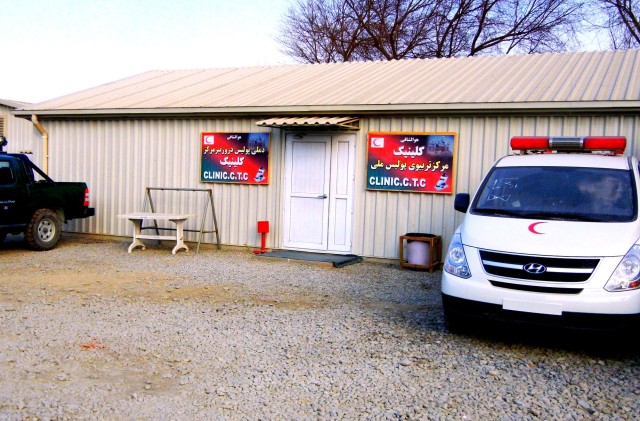
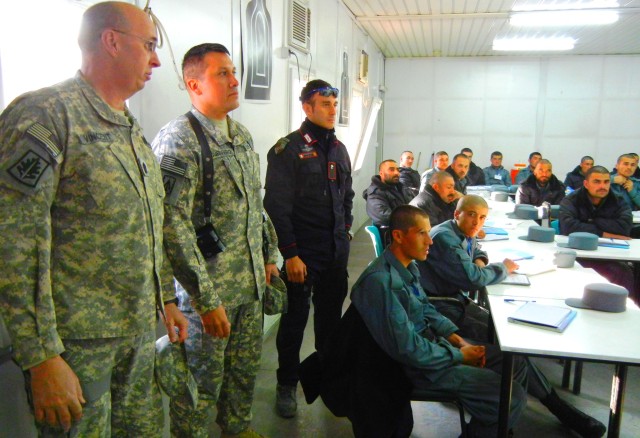
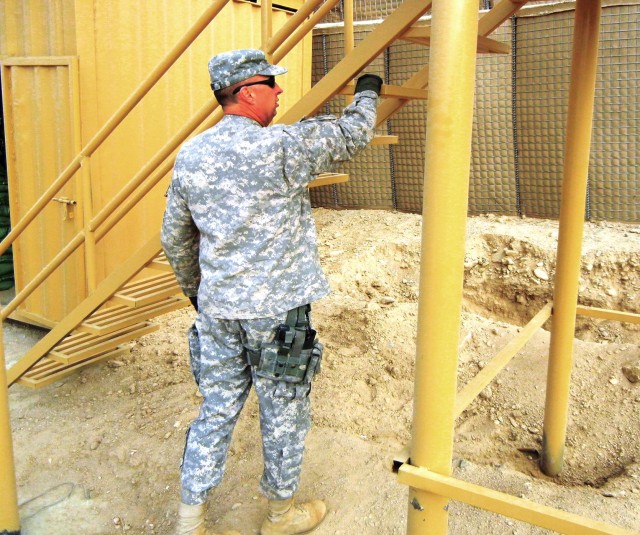
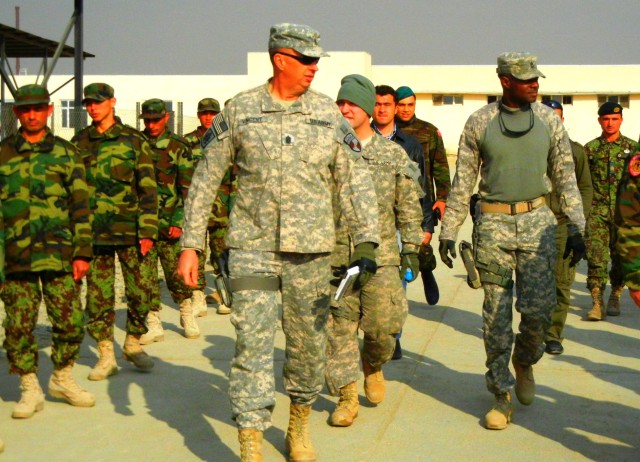
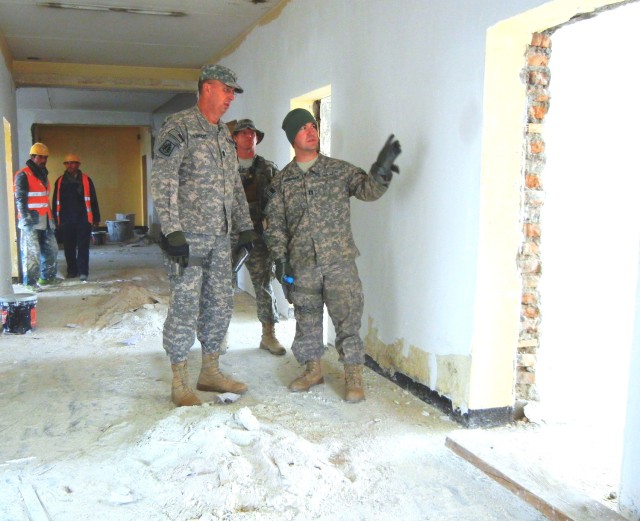
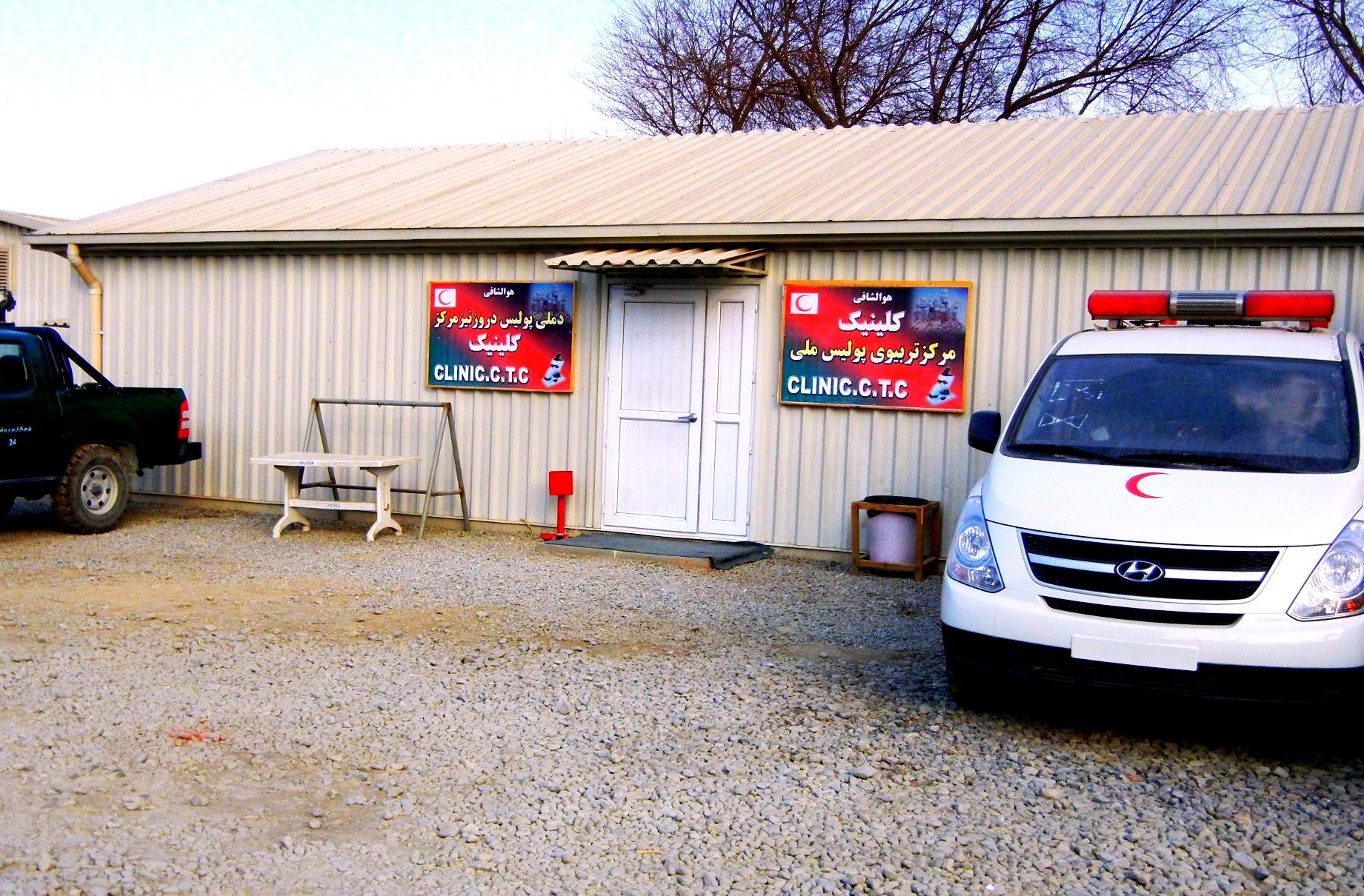
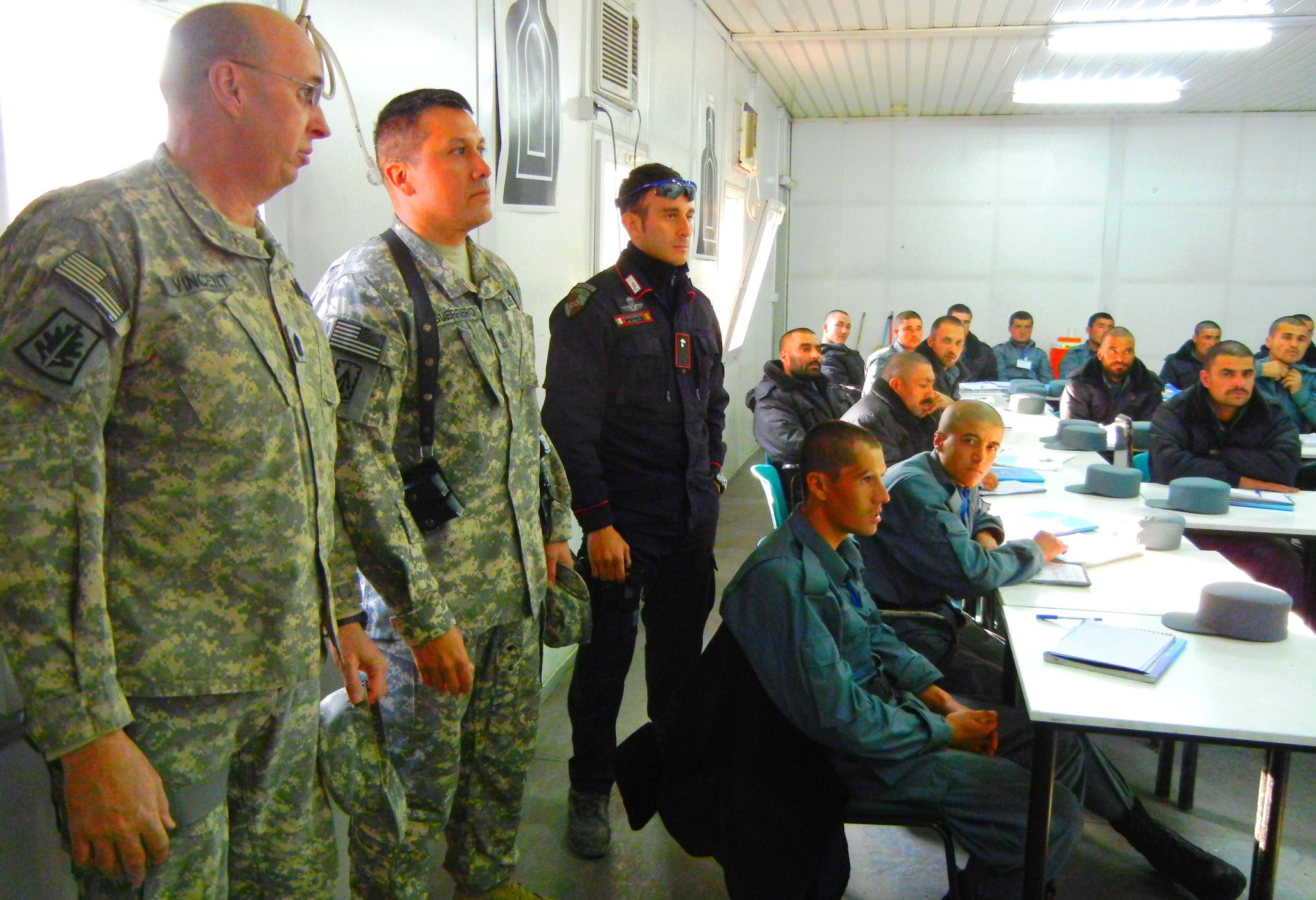
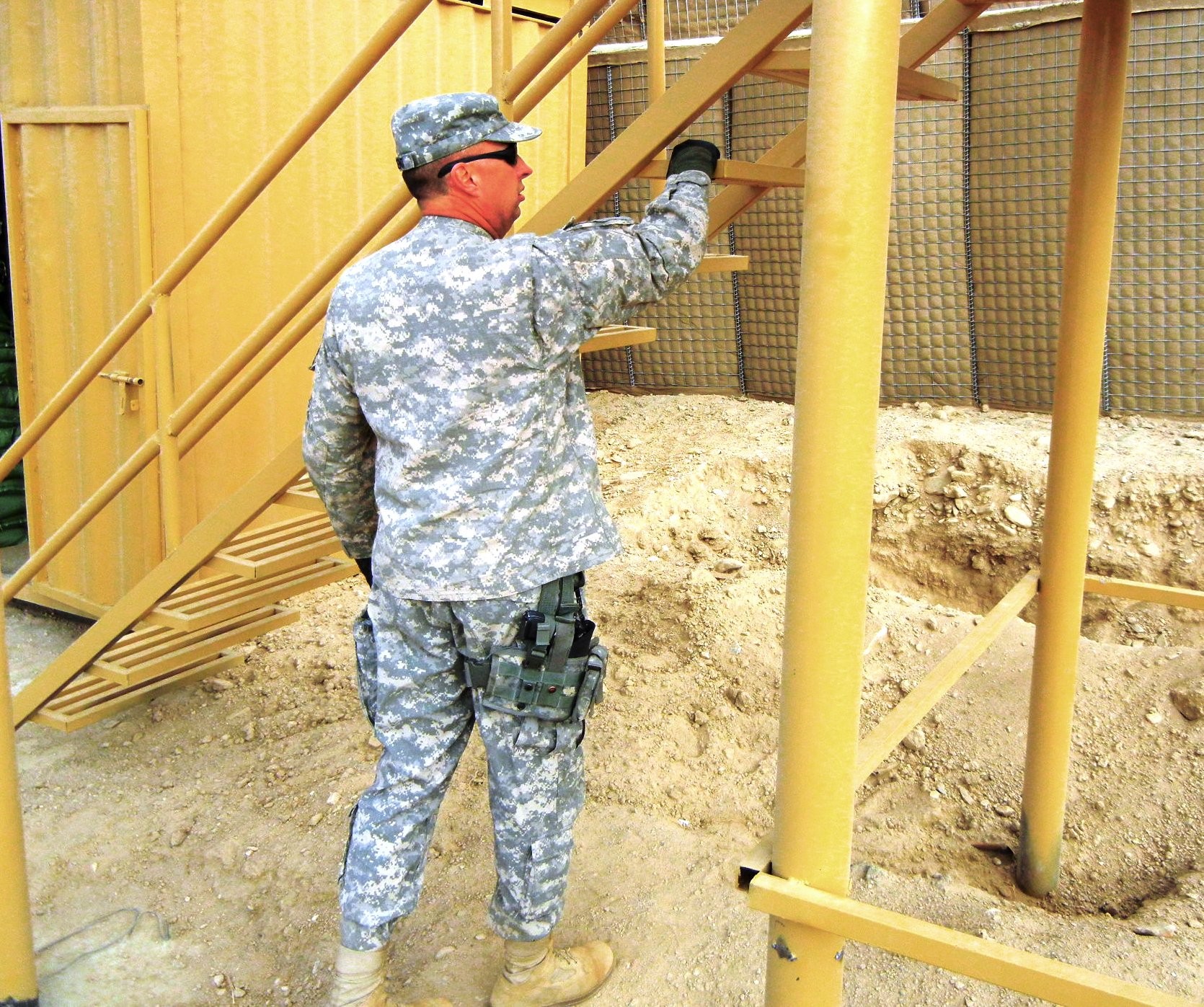
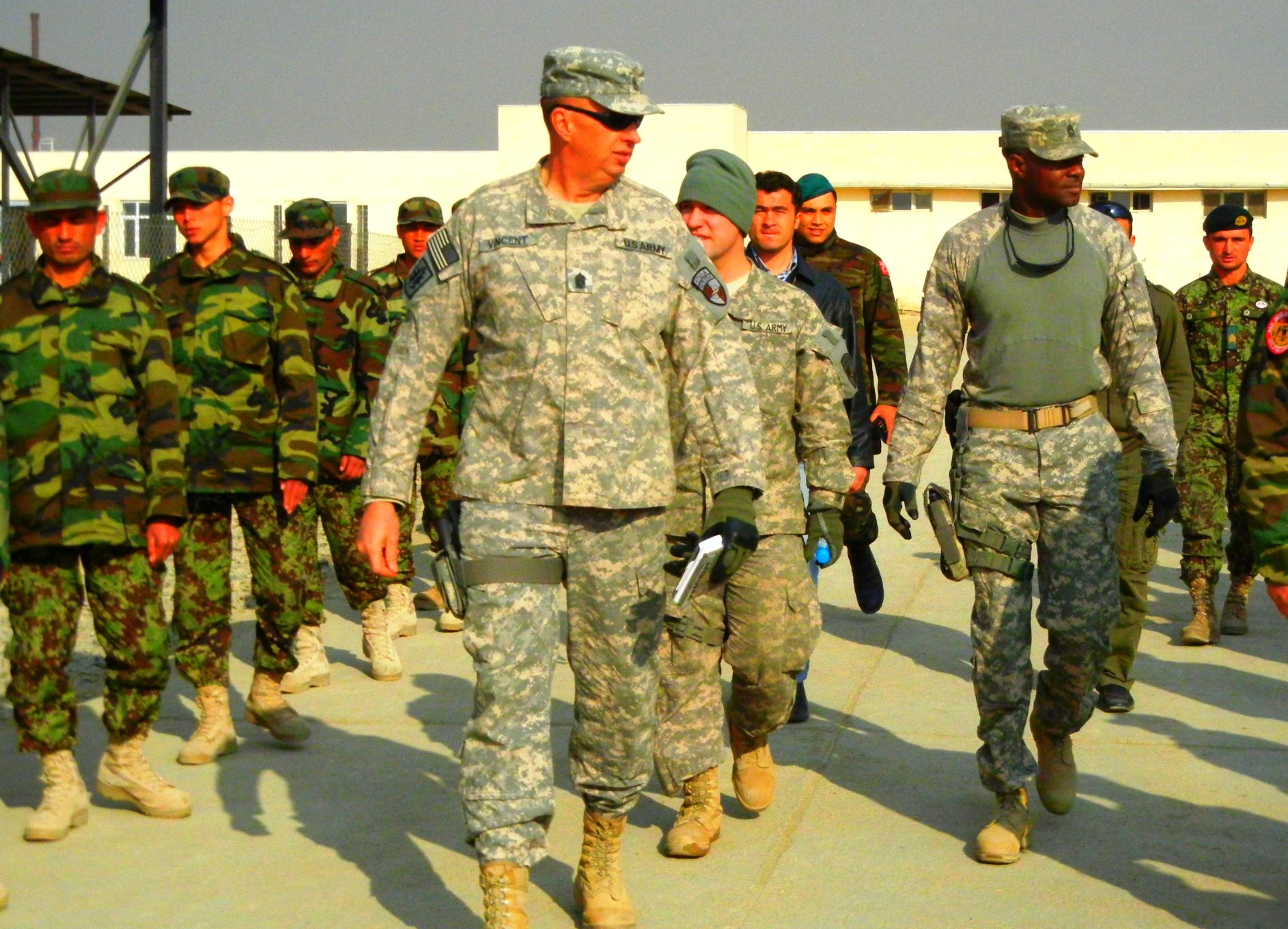
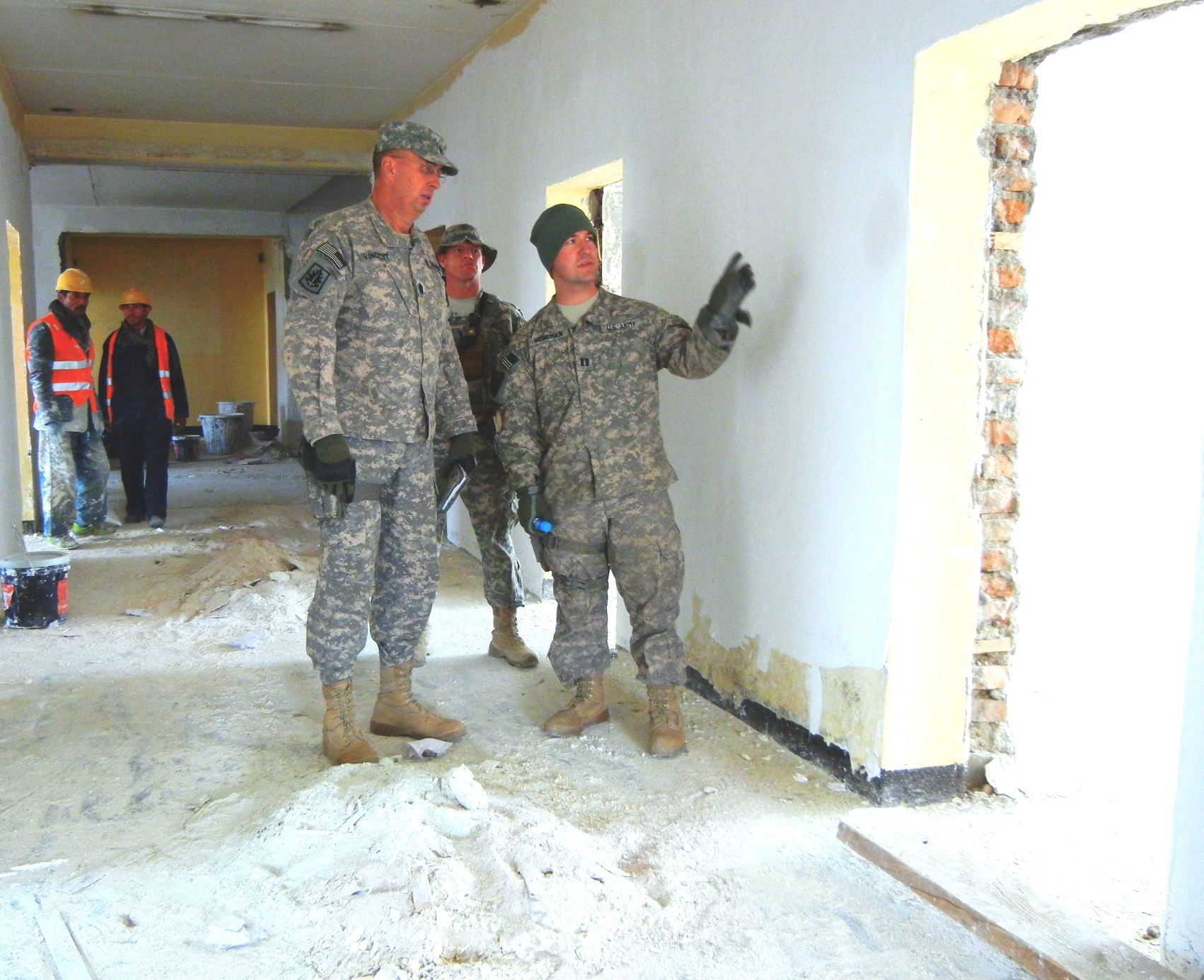
Social Sharing